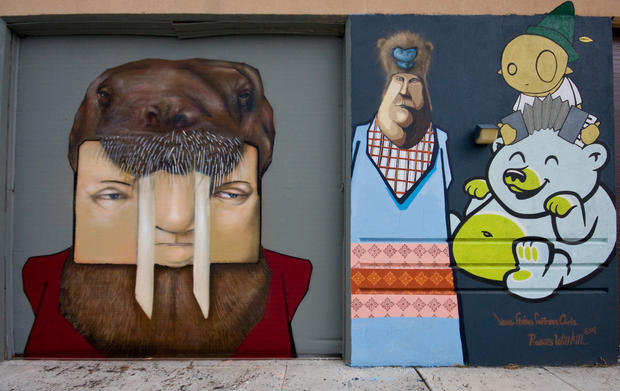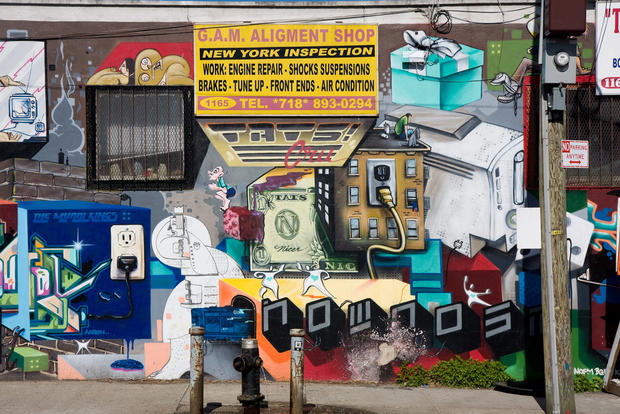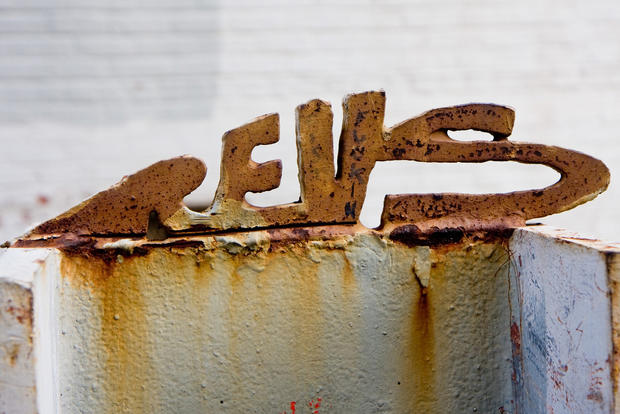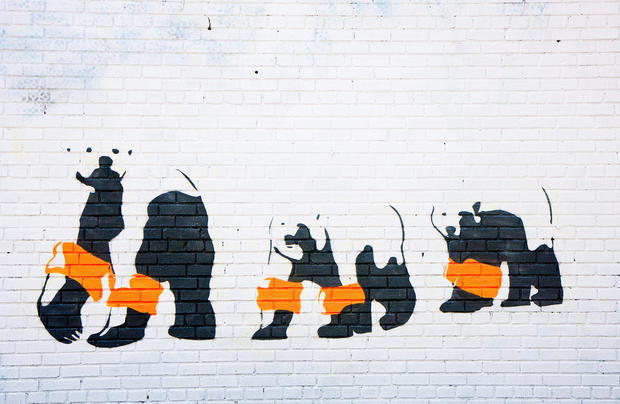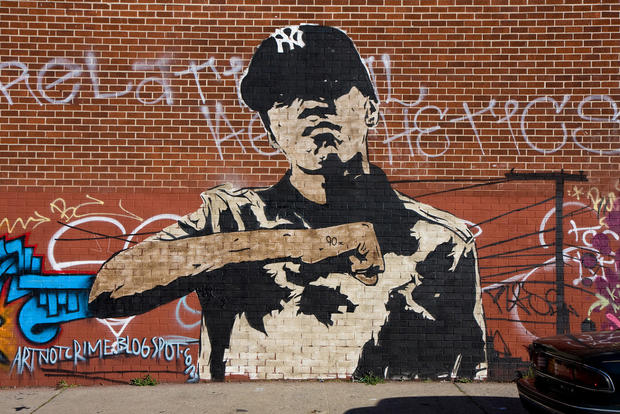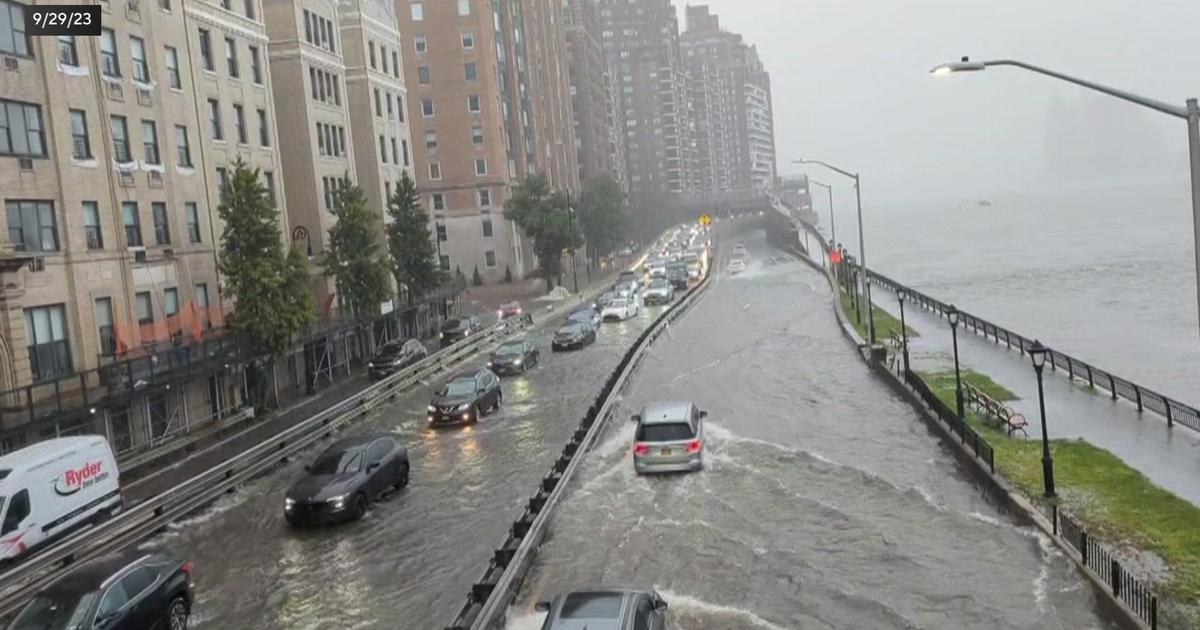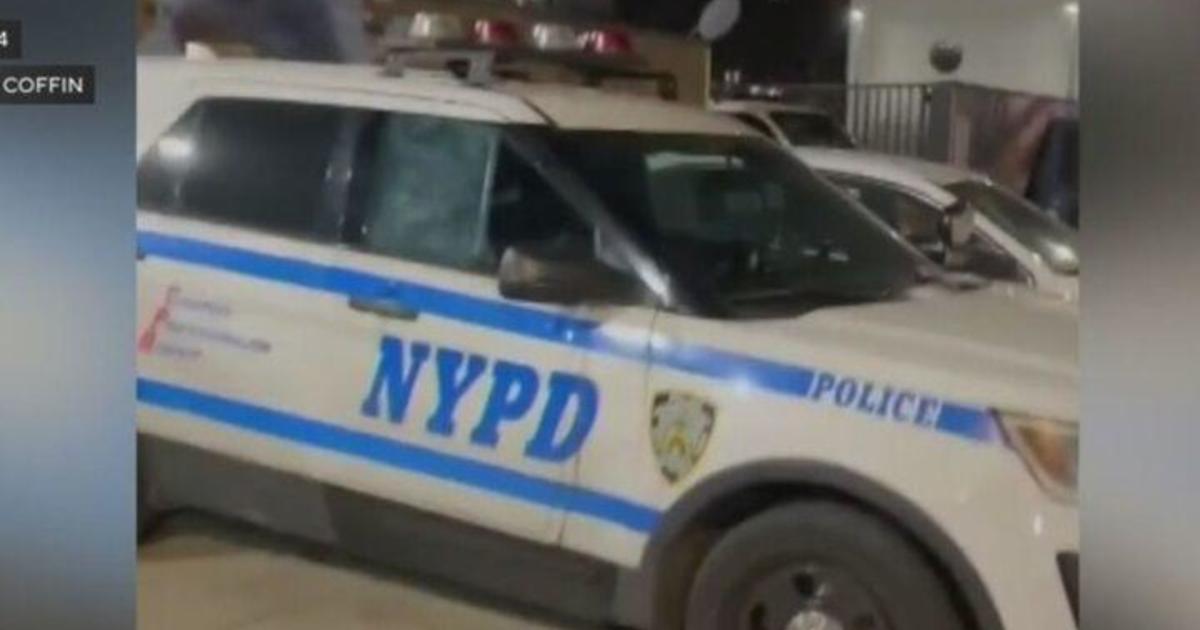Six NYC Street Artists You Should Know
The streets of New York City have always been a canvas. Today, many professionally trained artists see a porous boundary between the work they show in galleries and the work they do on the streets. Here are six New York-based street artists whose murals and wheatpastes, stencils and tags have changed the city's landscape and artscape. By Jessica Allen.
Swoon began putting up wheatpastes, block prints, and cutouts of people made from newsprint while a student at Brooklyn's Pratt Institute in the late 1990s. These realistic, almost life-size portraits portray adults and children sitting, talking, laughing, riding a bike, hugging, or simply performing the stuff of life. As the works themselves are damaged by weather or malfeasance, the disappearance and destruction further heighten the humanity of the sitter. The wheatpastes tear, erode, and fly away. The moments Swoon depicts are transient, and so is her art.
Robots Will Kill is an arts collective. Primary participants in the colorful, large-scale murals seen on walls around town include H. Veng Smith, who specializes in stylized, geometric animals and skeptical, rectangular humans, and ChrisRWK, who frequently paints cartoonish, blank-eyed people and slit-eyed robots. Other common collaborators include Kev/Psyn, ECB, Flying Fortress, Overunder, and Peeta. Occasionally the characters come together into a narrative scene—one man pushes a child in a cart, for example, or another person rests while a bird lands on his leg—but often the artists' diverse renderings simply create a fantastical tableau.
Based in the Bronx, the group known as Tats Cru has been covering walls with images of heroes, hip hop stars, and curvy women, as well as symbols of urban life, such as subway trains and tags, since the mid-1980s. These days they still do murals around the five boroughs, in addition to ad campaigns for Coca-Cola and videos for Beyonce, among others. In 1997, the group welcomed Spanish-born, German-raised twins How and Nosm, who often rely on a limited palette of black, white, and red to compose their almost M.C. Escher-like scenes. Spy a Tats Cru piece, and you might never look at aerosol the same way again.
In 2008, construction along what is now the High Line park in Chelsea revealed the name REVS, painted in huge white letters on a brick wall. The legendary, anonymous artist continues to spread his name, but he has traded house paint and roller brushes for wrought iron and welding tools. By convention, those who are lucky enough to spot a REVS sculpture don't reveal its location, as they've become popular with collectors. The "throw up" along the High Line was buffed almost beyond legibility in 2010, a reminder that not everyone sees street art as art.
An art school grad, Gilf! began making street art in 2008, as a way of addressing what she saw as a dispiriting political and social climate. In a 2011 interview with Juxtapoz magazine, Gifl! said, "I make art to change people's perspectives, and to bring awareness to major issues that face our whole planet. I also do it to make people smile. Street art is an amazing tool that allows me to speak to people with whom I wouldn't get the chance in real life." Along with putting up her own stencils, Gilf! has become an active organizer and collaborator, working with Robots Will Kill at the Welling Court Mural Project and coordinating a wall of pieces by Joe Iurato, LNY, Veng, and others in Williamsburg over the summer.
Like Swoon, Chris Stain finds inspiration in people, particularly those who are often marginalized or overlooked. Although he shows in galleries, Stain prefers outdoor, more community-minded work, including recent pieces executed for the Democratic National Convention in North Carolina. His portraits frequently span entire walls. Despite their large scale, the images of minorities, blue collar workers, young people interacting with the police, and other people just trying to get by aren't confrontational. Instead, they evidence a delicate pathos that links them to the tradition of American social realism. Learn more by reading Long Story Short: A Collection of Inspiration, his 2012 book.

